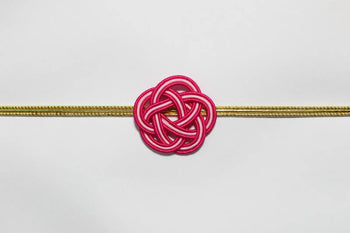

Japan is a country known for its impeccable attention to detail, and nowhere is this more evident than in the subtle yet vital curve mirrors dotting its roads. These mirrors, often overlooked by the untrained eye, play an indispensable role in ensuring road safety across the nation. From the bustling cityscapes of Tokyo to the serene countryside of Shizuoka, these silent sentinels are more than just functional—they are a testament to Japanese ingenuity and commitment to safety.
The Rise of Curve Mirrors in 1960s Shizuoka
In the vibrant 1960s, Shizuoka became a trailblazer for road safety innovations. Faced with narrow roads and blind corners, the locals introduced curve mirrors to enhance visibility for drivers. This game-changing move transformed travel safety, significantly reducing accidents by providing a broader field of vision. These mirrors quickly became a staple, not just for their practicality but for the communal spirit they represented—locals would maintain these mirrors, ensuring they remained clean and effective. This initiative was more than a safety measure; it was a reflection of Shizuoka's commitment to community welfare and innovation.
Understanding the 31-Degree Reflection Angle
What makes these curve mirrors so effective is their carefully calculated 31-degree reflection angle. This specific angle ensures that drivers receive a wide, clear view of oncoming traffic and pedestrians without distortion. It's a perfect balance that emerged from rigorous testing, providing enough coverage to avoid surprises while maintaining clarity. Imagine approaching a curve with confidence, knowing that the mirror ahead gives you a comprehensive snapshot of the road's twists and turns. This precision engineering not only enhances safety but also offers peace of mind to every driver on Japan’s roads.
Blending Tradition with Innovation in Design
Incorporating aesthetics into functionality, some mirrors in Shizuoka feature beautifully crafted wooden frames. These frames are more than decorative; they symbolize the harmony between traditional craftsmanship and modern technology. Crafted with care, these wooden borders withstand the elements while adding a touch of elegance to the practical mirrors. This design choice pays homage to Japan's rich cultural heritage, echoing the natural beauty and resilience that Shizuoka is renowned for. These mirrors seamlessly integrate with their surroundings, enhancing the landscape while serving a crucial purpose.
Chichibu’s Strategic Use of Curve Mirrors
Chichibu offers a masterclass in strategic urban planning with its 600-meter stretch lined with 34 curve mirrors. Each mirror is meticulously placed to provide continuous coverage and enhance driver awareness. This setup acts like a visual guide, allowing drivers to piece together a comprehensive view of the road as they travel. The mirrors are strategically positioned to offer optimal visibility at every critical junction, effectively minimizing the risk of accidents. It's a testament to how thoughtful design can transform road safety and ensure a smoother, safer driving experience for all.
Satsumasendai City’s Innovative Solution for Narrow Bridges
In Satsumasendai City, narrow bridges pose a unique challenge for drivers. To address this, the city installed ground-facing mirrors that offer a preview of upcoming traffic. These mirrors are specifically angled to provide a clear view before vehicles enter the bridge, greatly reducing the risk of collisions. This innovative solution is particularly beneficial for larger vehicles with significant blind spots. By offering a real-time reflection of the road ahead, these mirrors enhance safety and streamline traffic flow, preventing congestion and ensuring a hassle-free commute for all.
Conclusion
The story of Japan's curve mirrors is one of innovation, community spirit, and cultural appreciation. From their inception in the 1960s to their critical role today, these mirrors have become an integral part of the country's road safety infrastructure. They represent a blend of art and science, tradition and modernity, all working together to protect and guide travelers. The next time you find yourself on a winding road in Japan, take a moment to appreciate these hidden guardians. Their presence is a testament to the meticulous care and foresight that underpin Japanese society, ensuring safety and harmony for all who traverse its roads.



